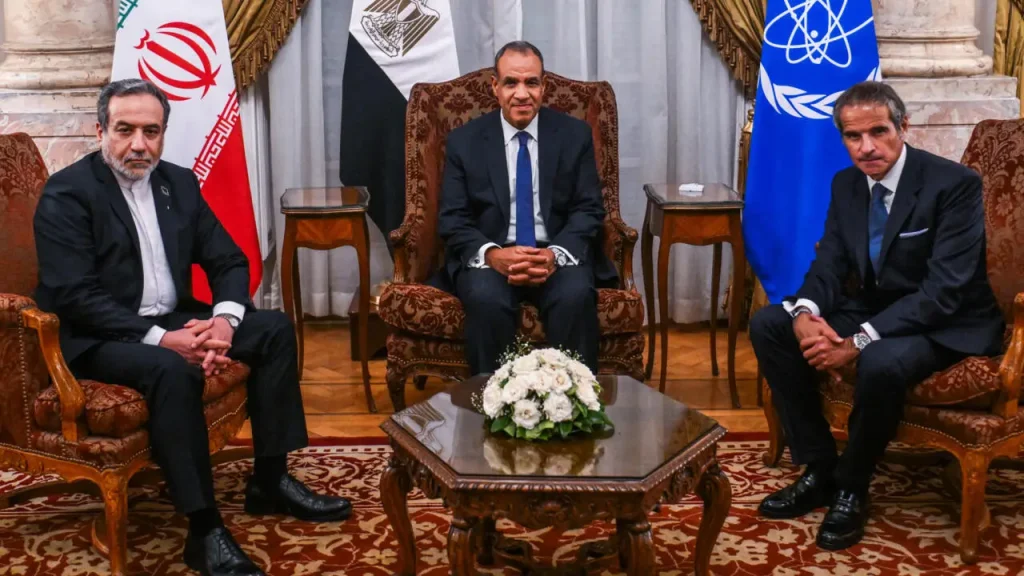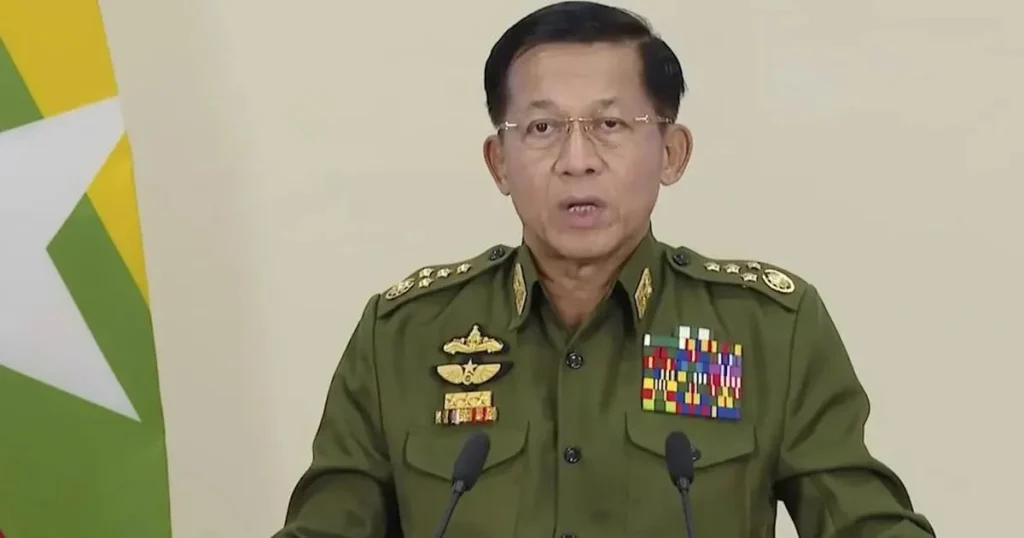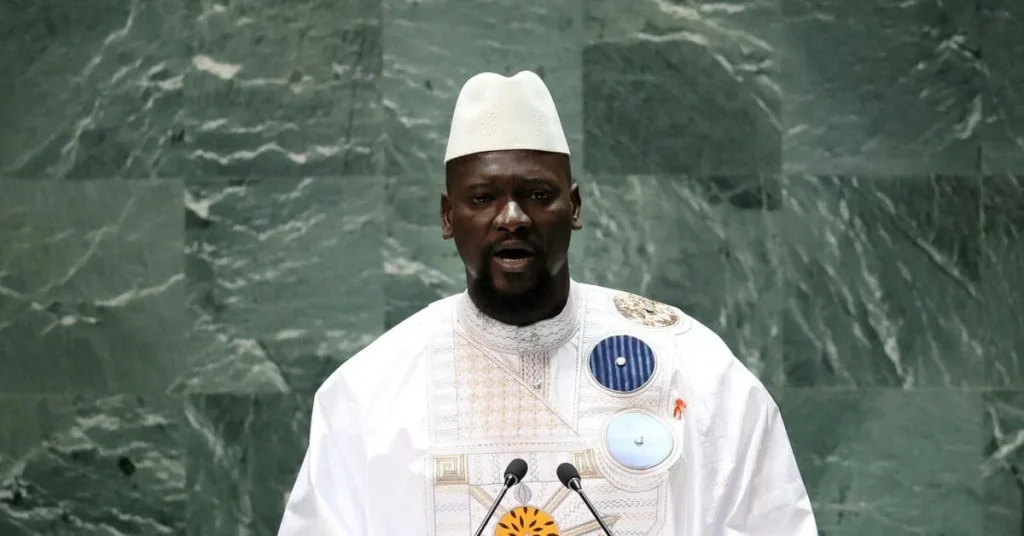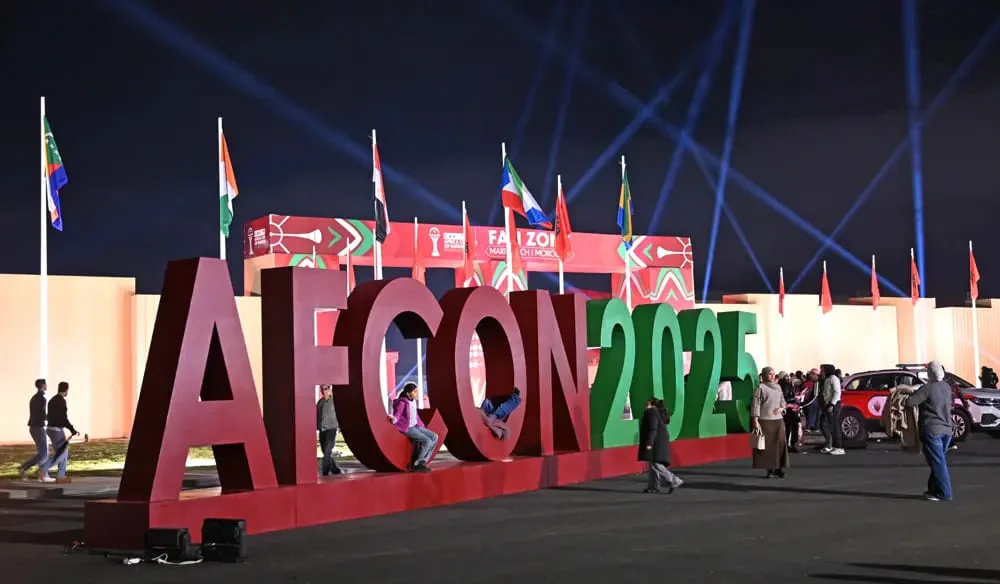Iran and the International Atomic Energy Agency (IAEA) signed an agreement in Cairo to restore cooperation and resume inspections of Iran’s nuclear facilities. Signed on Tuesday, this deal aims to rebuild trust amid global tensions.
Cairo Talks Bring Progress
The agreement came after a meeting in Egypt’s capital with Iran’s Foreign Minister Abbas Araghchi, Egyptian Foreign Minister Badr Abdelatty, and IAEA Director General Rafael Grossi. The talks occurred during a tense period for international diplomacy.
Tensions and Recent Conflicts
On August 28, the UK, France, and Germany moved to reinstate sanctions on Iran, citing violations of the 2015 nuclear deal designed to block nuclear weapons development.
On July 2, Iran’s President Masoud Pezeshkian signed a law pausing all IAEA cooperation, worsening the situation.
This followed a 12-day war in June between Israel and Iran, where Israel and the U.S. struck Iranian nuclear sites. The conflict, starting June 13, limited IAEA access and heightened mistrust.
Restricted Nuclear Inspections
Since the war, IAEA inspectors have only accessed the Bushehr Nuclear Power Plant, supported by Russia.
On August 27–28, they monitored a fuel swap but couldn’t check Iran’s near bomb-grade uranium stockpile, a “major concern” for the IAEA.
Egypt’s Key Role
Egypt helped bring Iran and the IAEA back to talks. Iran’s foreign ministry called the negotiations “complex” and “technical” last month.
The June war, with airstrikes on nuclear sites, had strained ties. On June 12, the IAEA board accused Iran of breaking non-proliferation rules, just before the conflict began.
Impact of the New Deal
This pact allows more IAEA inspections to monitor Iran’s nuclear activities. It could ease global concerns, though sanctions and war aftermath pose challenges.
Experts hope it may revive parts of the 2015 nuclear deal, depending on ongoing cooperation.






